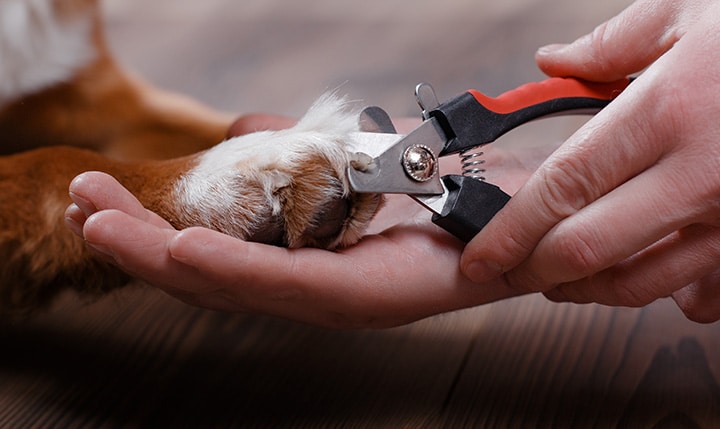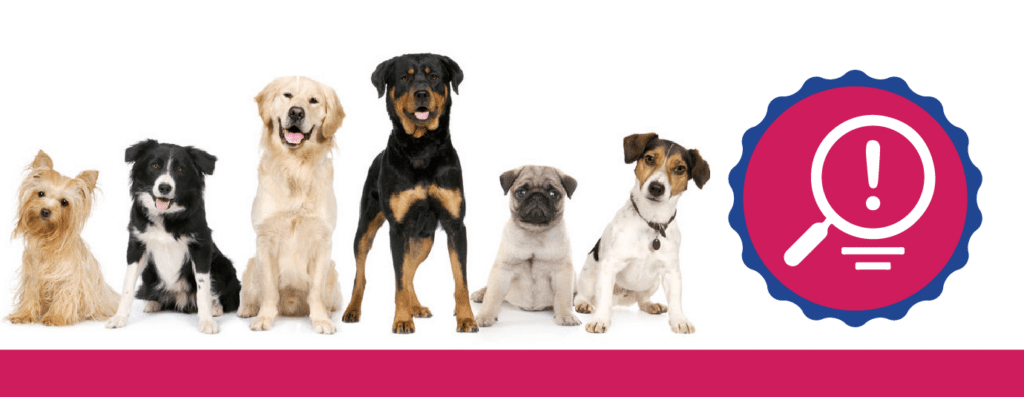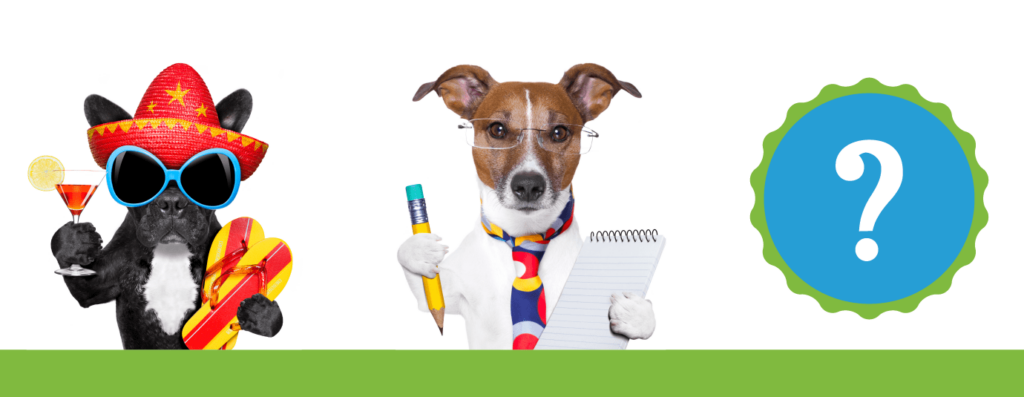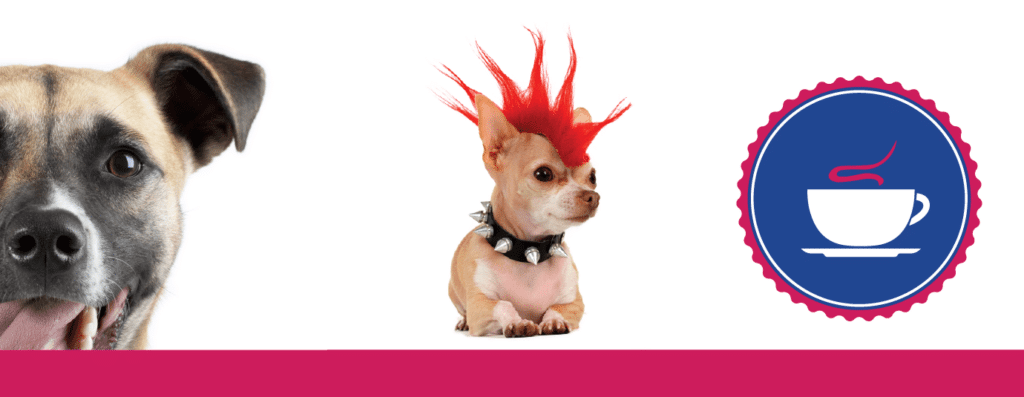One of the Most Important Parts of Grooming Is Trimming Gangly Nails to Keep Dog\’s Happy and Healthy
Dogs can be huge drama queens sometimes. Some of the biggest drama stems around the trickier parts of grooming—dog nail clipping. Dogs instinctively guard their nails. When pups are not accustomed to their paws being handled it can be a scary experience. Remember your first visit to the dentist? This is probably how your dog feels!
The best way to alleviate your own apprehension and your dog\’s fear is to ask your veterinarian or professional dog groomer for help. Dog nail clipping needs to happen routinely. Overgrown nails can have serious consequences on your dog\’s health.
Establish Good Habits
The best approach is to get your dog used to the process as a puppy. This works for older dogs too it just might take some patience. From an early age, you will want to massage their paws and pads. Separate each toe digit as you handle their paws. Make sure this is a positive experience so give your dog treats and speak gently to them.
Next, you will want to introduce the clippers. At first, you only have to hold the clippers next to their paw. Reinforce the positive feelings with treats. As your dog gets used to the foreign object squeeze the clippers to make a sound. Repeat this process until your dog is no longer intimidated by the clippers or humans touching their paws.
At this stage, you can try to clip their nails. You might want to have a vet or groomer show you first before you make your attempt. Hitting the quick and accidentally making your dog bleed can cause trauma and your dog will be back to square one—terrified of getting their nails trimmed.
Why Dog Nail Clipping Is So Important
Dogs used to be wild right? Who was there to clip their nails then?
Wild dogs traveled long distances as they hunted. This would wear their nails shorter. The same is true for dogs that get plenty of exercise and walk a few miles every day. The rough surfaces of the ground will naturally erode nails down. Even if this is the case, you will want to monitor your dog\’s nails to make sure they don\’t tear or become ingrown. Also, the dog\’s dew claws (thumb) don\’t touch the ground and will need to be trimmed.
Dogs with overgrown nails are in constant pain. When an extended nail contacts a hard surface, the nail backs into the nail bed. Dogs compensate for this pain in their posture. Your dog will twist their toe digits to the side putting unnecessary pressure on their toe joints which also torques their spine. If this continues over time, toe digits become sore and in bad cases arthritic.
Goat on the Rock
Another consequence of prolonged lack of dog nail clipping is what vets refer to as \”goat on the rock\” posture. Dogs’ wild ancestors would run distances that shaved down the nail. The only time their nails would contact the ground was when they were on an incline. Since nails have nerve endings, their senses tell them they are on a hill. Dogs will shift their posture forward to lean over their forelimbs to compensate for the incline ensuring they don\’t topple over.
In the present day, there is no hill, just long nails. Instinctual response to a hill is reported by the nerve endings in their nails. This creates an abnormal compensatory posture, AKA goat on the rock. This posture alignment forces paws closer together under your dog\’s body. This causes muscle spasticity and overworked joints. In a dog\’s old age this will lead to difficulty getting up, climbing into cars, or using the stairs. In bad cases, arthritis will occur.
When a dog\’s toenails are cut evenly they will remain in their normal neutral posture. This is what show dog trainers refer to as \”stack\’ posture, with legs extending vertically. One last reason for dog nail clipping is that nails can easily rip while your dog is playing. This can lead to infection and even more serious pain.
Keeping our dog\’s nails trimmed is essential preventative care!
Types of Nail Clippers
Professional dog groomers use all different kinds of nail trimmers. Depending on the size of your dog and the thickness of their nails will determine which clipper you will want to use. Every style should be concave at the clipping edge. This avoids crushing the nail. Blunted trimmers will split the nail instead of cutting it, so you will want good sharp trimmers to avoid splitting.
Core Types of Nail Trimmers:
- Guillotine Style
- Scissor Style
- Small/Medium Plier-Style
- Large Plier Style
Groomers will use the guillotine style with small dogs. The circular frame is perfect for their tinier nails. On larger breeds, or thick-nailed breeds, groomers prefer plier-style. These trimmers have good grip handles and are strong enough to clip through dogs with thick nails like Mastiffs or Bassets.
Many groomers use pumice stones or a dremel to file down the nails. This is a more gradual process than trimming and is safer because there is less chance of clipping through the quick. The more dog nail clipping that occurs, the more a dog\’s quick will recede. So, the more your trim the less likely you are to cut too short in the future.
Effective Trimming Methods
Remember, the key to dog nail clipping is keeping your dog nice and relaxed. So…treats and patience. If you feel too nervous about it, dog groomers and vets will gladly take the responsibility off your hands. Nothing wrong with that.
To start, try starting with one nail. When it goes well, give your dog a treat and come back later.
Always use a firm grip with sturdy clippers and clip from the underneath. Dog nail clipping is best done when your dog is relaxed so take them for a walk beforehand. Also, bathing helps soften the nail giving you less resistance when you go to trim.
When you are ready, hold the handle of the nail trimmers flat against the toe pad, and cut straight across the nail. The nail should float above the ground. This makes it unlikely you will trim into the quick. For a shorter cut, aim trimmers at a 45° angle after you\’ve discerned where the insensitive wall of the claw ends and where the quick begins.
Dogs with pink nails are easier because their nails are translucent. The quick can be spotted as the pink area of the nail. For dogs with dark nails, look at the underside of the nail. There is a section of the nail toward the tip that separates out into a triangular shape. This is the notch. The notch is usually a safe place to make an angled cut.
How to Stop Dog Toenail Bleeding?
The quick of the nail is the live part that comprises of the nail bed, nail bone, nerves, and blood vessels. Since the quick has nerves and a blood supply a dog can feel when the quick is cut into. A trick of the trade for determining where the quick begins is to squeeze clippers gently along the nail. If a dog reacts by yelping you know this is where the quick begins. Cut above this line!
Accidents do happen.
The best way to deal with accidentally snipping into the quick is to be prepared for it. Use styptic powder, baking powder, cornstarch, or a bar soap for a clotting agent that will stop the blood flow. Be wary of using styptic pencils. The pencils contain silver nitrate which can sting and make a dog even more nervous about having their nails clipped.
If you do accidentally cut too short, use plenty of treats next time to reduce nervousness.
Splash and Dash Groomerie & Boutique wishes you good luck with all your dog nail clipping, and we hoped this article helped you and your dog!
Follow Splash and Dash Groomerie & Boutique:
- Website: http://splashanddashfordogs.com/
- Website: https://splashanddashfranchise.com/
- Facebook: https://www.facebook.com/splashanddashfordogs/
- Instagram: @splashanddashfordogs
- LinkedIn: https://www.linkedin.com/in/dan-j-barton-622ab517
- Twitter: splashanddash4dog



